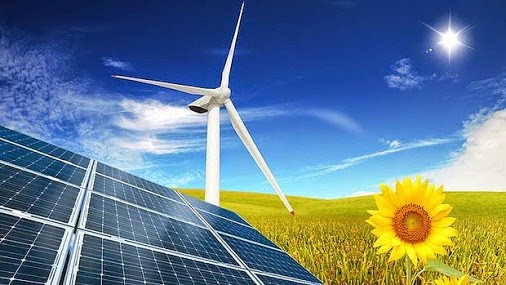When a homeowner purchases a home solar kit or SunPod, solar panel maintenance is often viewed as an unnecessary evil, a task that often gets overlooked or delayed in order to save money. But at what cost to the homeowners investment and company’s reputation? I recently was at a homeowners installation of a one of our SunPods and the owner told me that simply by cleaning the panels, the output rose by 10%.
The temptation to neglect solar panel maintenance requirements exists at all levels, even for providers of solar power. However, paying strict attention to operations and maintenance issues has never been more crucial for solar installers as the renewable energy source grows in popularity and continues to seek to prove itself as an effective and cost effective alternative to fossil fuels.
“The need for a more developed understanding of the solar panel maintenance function as it applies to solar is increasing as we’re seeing a very rapid deployment of solar technologies in the marketplace,” says Nadav Enbar, a senior project manager at the Electric Power Research Institute.
Many solar providers are starting to take advantage of emerging asset tracking capabilities that allow for solar panel equipment to be monitored remotely with sensors, therefore reducing the need for unnecessary service trips to simply check on the health of equipment.
A cottage industry of third party service and turnkey solar panel solutions providers is cropping up to offer these asset monitoring services that record the temperature of equipment, for example, and send instant messages to maintenance personnel if a problem is detected.
“There is an increasing amount of innovation happening in the monitoring segment of solar panel installations,” says Enbar. “Now there are solutions that go down to the individual panel, which allows you to better forecast expected failures and increase your uptime.”
While uptime and efficiency can improve, cost benefits must be addressed. The more solar panel monitoring equipment a site carries, the more maintenance will be required for that equipment, which is an added cost. And the degree of monitoring will increase the data available about the plant, which adds to storage costs and data analysis costs. “The positive is that as we’re seeing people focus more intently on leveraging the revenue potential of solar, monitoring is becoming a viable alternative that solar providers are looking to,” says Enbar.
Additionally, site locations have their own variables, such as vastly different size systems that can complicate solar panel maintenance. Operators must also consider ground mounted vs. rooftop systems, and varying operating environments, such as dusty climates with very little rainfall and locations in more humid areas with pollen issues.
“This all impacts the degree and frequency to which you want to clean your solar panels ,” says Enbar. “Beyond those variables, there is also the art of managing the costs and benefits of a selected an operations and maintenance strategy.”
Preventive solar panel maintenance is crucial when it comes to inverters, which typically must be replaced halfway through a system’s life, but can possibly be stretched beyond that time frame with regularly scheduled maintenance. In contrast, Mark Ellsworth, vice president of sales for Solar Power Tech, says that panel cleaning isn’t necessarily best served by a set maintenance schedule.
“Soiling rates are seasonal, and vary by specific location and climate,” he says. “We have demonstrated the need to clean solar panels far more often in San Diego sites near the waterfront, as opposed to even four or five miles inland.”
“It seems like the amount of money it costs to clean panels may not justify the output,” says Libby, noting that a prolonged drought in Texas is causing her to re-evaluate that decision. “Since we haven’t had any rain we probably have under-performing systems out there.”
There is a common misconception in the industry that fixed flat plate solar panel systems require little or no maintenance because they have no moving part. However, Enbar says that is far from true, noting that rodents often chew through wiring and damage inverters.
“If you don’t do anything, you’ll see a large discrepancy in power output over time,” he says. “This is not just based on soiling of the panels, but a reduced output based upon the normal wear and tear that happens to a plant. If working parts aren’t kept up to snuff, the return on investment is going to decline.”
Solar fulfillment providers know that solar panels tend to degrade at up to three-quarters of a percent annually, so output declines each year no matter how well maintained the plant is. “But if you enact the kind of operation and maintenance procedures that assures that everything is working properly, you will [reduce] the reduction output to a degree that makes sense for your investment,” says Enbar.
Source PV Insider By John Johnson
